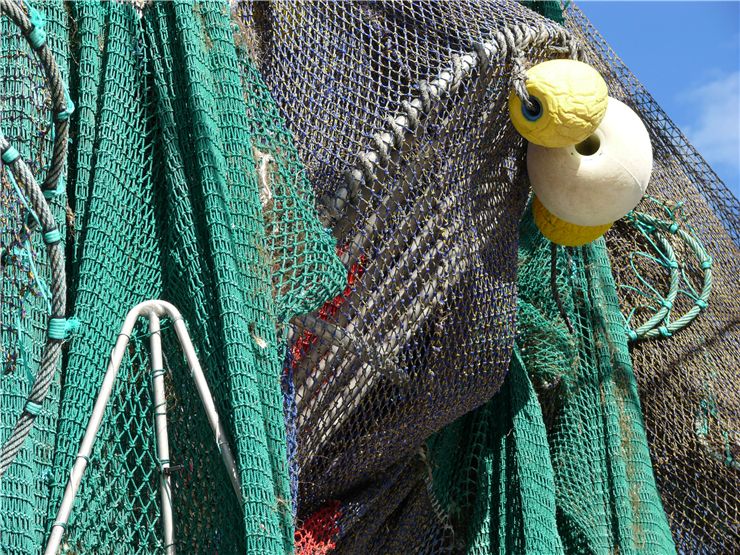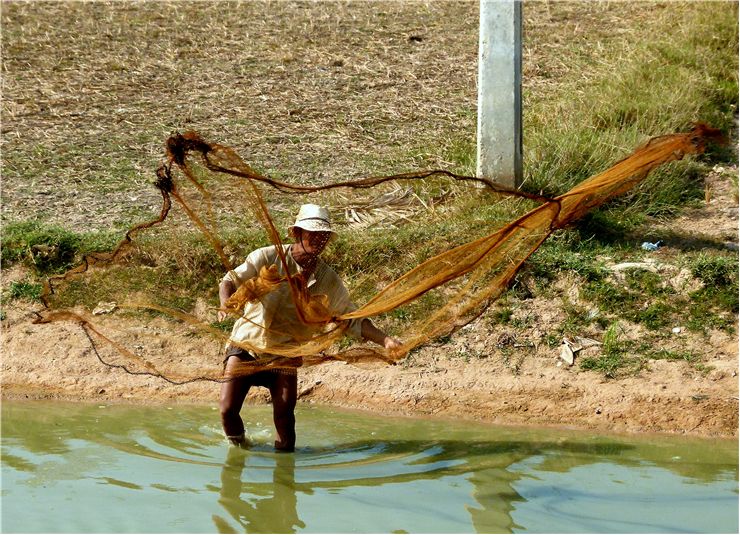History of Fishing Net - Types of Fishing Nets
Fishing net (or fishnet) is one of the oldest tools for fishing. It is a net woven from thin fibers to resemble a grid. First nets were made from natural materials like grass, flax, tree fibers, and cotton while today, most of fishing nets are made of nylon (although there are still nets made of wool or silk).
Oldest net found dates from 8300 BC. It was made from willow and was found among the other fishing equipment in the Karelian town of Antrea. One more fishing net but with sinkers was found at the bottom of a dried sea and it dates back to the late Mesolithic period. Rock carvings at Alta in northern Norway date between 4200 - 500 BC and represent animals, people and religious drawings. Among those carvings are patterns of horizontal and vertical lines which some think represent fishing nets.
Native Americans on the Columbia River made their nets from grass, nettles and the inner bark of cedar, and spruce root fibers. They used rocks as weights and wood as floaters. Maori built their nets to be thousand meters in length. Ancient Egyptians knew about fishing nets and we know about that from tomb paintings dating from 3000 BC.
Greek author Oppian wrote the Halieutica which talks about different kinds of fishing and describes different nets. Roman poet Ovid talks about fishing nets in his works. These nets used cork for floaters. Fishing nets didn’t evolve in shape too much to this day but materials used for them did. Nets are today made from synthetic materials which makes them stronger, lighter and cheaper.
Some types of fishing nets:
- Cast net is a relatively small round net (from 1.5 to 4 meters) with weights at its edge which is thrown from hand and used to catch small fish when a net is hauled back in.
- Gillnet is a vertical net with weights at the bottom and floaters on the upper side. It catches the fish when it tries to pass through the net.
- Lift net is placed horizontally into the water with its opening facing upwards. It is then lifted by hand if smaller or mechanically if larger.
- Purse seine is one of the most common nets. It is first used to surround larger amount of fish. Then a line is pulled which closes the bottom of the net and a whole net is hauled into a ship.
- Tangle net is a variant of gillnet but with smaller mesh size. Fish caught in this net is not trapped by gills but by teeth and fins.
- Trammel is another variant of gillnet. It has three layers: one with finer mesh sandwiched between two layers of larger mesh. It is also placed vertically and is used for catching fish or crustacea.
- Push net is smaller net with a large “belly” placed in a rigid frame. It is pushed along the bottom in shallow waters in order to catch shrimps and small fishes that live at the bottom.

